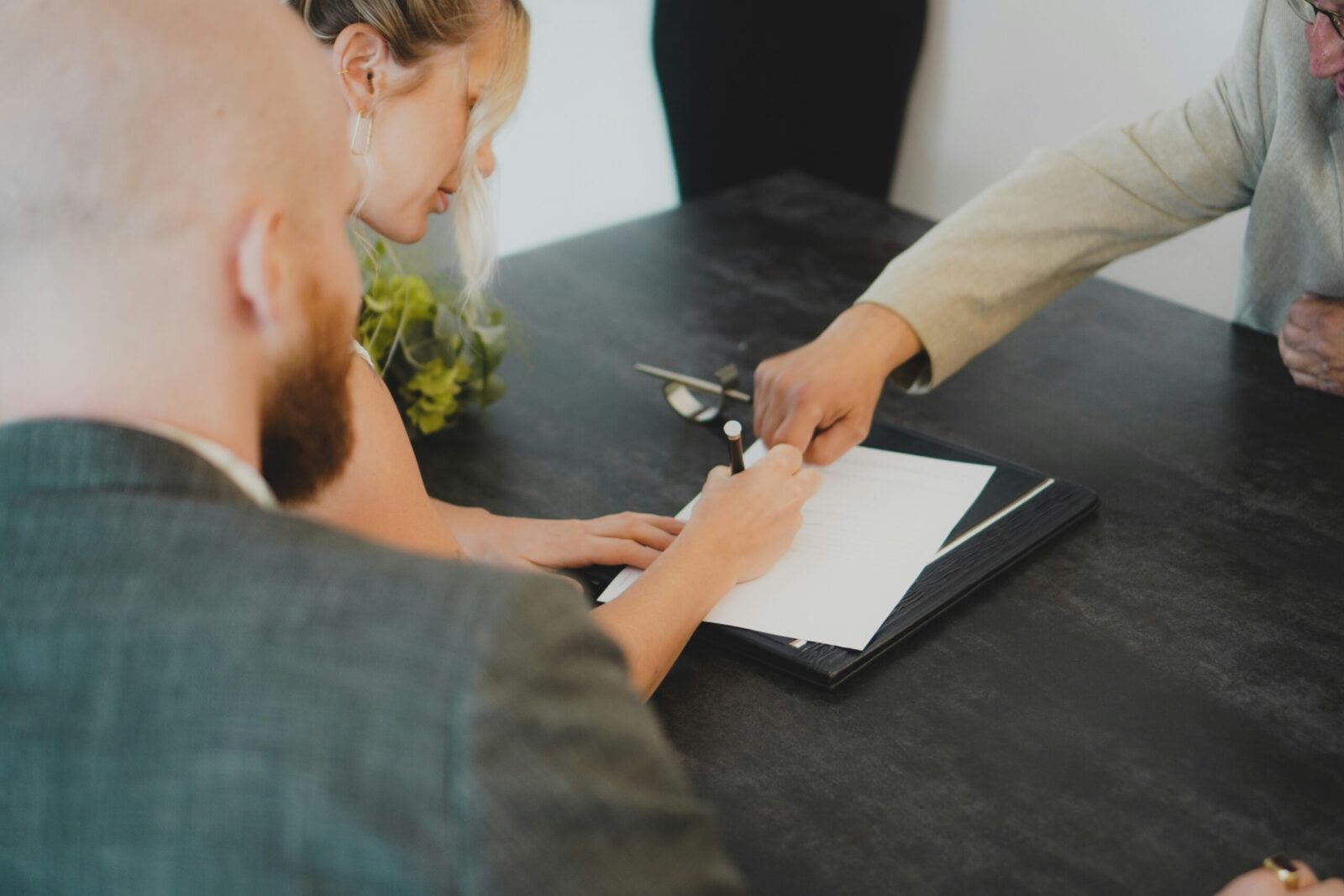
Construction Contracts: Legal Tips to Protect Your Interests
Introduction Contracts shape every project’s legal landscape in the dynamic construction industry. Contracts are more than legal formalities—they define all...

Get 20€ off on your first order!
Recent occurrences have revealed third-party risk management weaknesses, making risk management a top priority in companies. Despite digital change, many firms still manage contracts, legal requirements, financial reporting, and environmental responsibilities manually. Fragmented approaches create informational silos that hinder a company’s supply chain risk and compliance assessment and management. Comprehensive third-party risk management strategies that integrate people, processes, and technology across all business areas are needed to meet regulatory and market challenges. This guide discusses how proactive contract management and the use of Contract Management Software may support third-party risk management, organizational resilience, and compliance.
Risk management requires teamwork. Finance, procurement, and legal professionals must be present to create a complete third-party risk program. Collaboration allows these stakeholders to conduct a comprehensive risk assessment and set mitigation guidelines for the organisation.
After the evaluation, a formal master plan that incorporates all business operations is needed to ensure risk management consistency across the organisation.
Senior management support, program leadership, and role and responsibility training help most company improvement projects succeed.
This year has shown us that even the greatest intentions may be derailed by external circumstances. Companies must adjust their third-party compliance systems to changing rules, market conditions, macro-level supply chain changes, commodities market scenarios, geopolitical factors, and multi-layer other-party business interactions.
Contracting introduces risk into an organisation, making it the ideal area to launch new third-party risk management methods. Manual contract management systems don’t give firms the visibility they need to consistently detect and manage contract risk. Companies under pressure to cut cycle times and swiftly handle supply chain disruptions may form agreements that don’t adequately account for business or regulatory contexts. Your company may have faced some of these contractual hazards.
An organization-wide contract lifecycle management (CLM) system may make a firm more robust and risk-tolerant since contracts underpin commercial interactions and impact almost every aspect of the business. Artificial intelligence-powered contract management software can help parties detect and minimise third-party risk during negotiations. Organisations may also use rule-based linkages across contracts (e.g., MSA-SOWs) to enforce terms and roll up SLAs and financials, as well as evaluate how a contract’s performance affects other parts of the value chain to better align terms.
CLM lets companies use new risk management methods to evaluate third-party risk and synchronise data sources to promote organisational transformation. A CLM system may be used with current data sources and procedures to smarten risk management by integrating risk detection, assessment, mitigation, and reporting in the business context.
The world has changed. Companies confront increased risk and market volatility, but they’re more efficient and aware of their business gaps. Effective third-party risk management requires an organization-wide, integrated strategy, according to forward-thinking companies.
As markets get more difficult and unstable, it’s important for businesses to have good third-party risk management. In today’s constantly changing world, managing contracts by hand is not enough to find and reduce risks. A company-wide contract lifecycle management (CLM) system powered by AI could help you see and handle third-party risks before they happen. Including finding, evaluating, reducing, and reporting risks in a business’s plan could change how risks are managed and help the business succeed. Companies that are ahead of the curve know that combined third-party risk management is key to being efficient and closing gaps.
Thank you! You've signed up for our newsletter.



















Introduction Contracts shape every project’s legal landscape in the dynamic construction industry. Contracts are more than legal formalities—they define all...

Introduction Effective contract management is crucial for operational efficiency and corporate protection in today’s dynamic business climate. Contract administration is...

Introduction Trade is based on contracts, which outline the rights, duties, and expectations of each party. Any contract, no matter...

Introduction Contracts shape every project’s legal landscape in the dynamic construction industry. Contracts are more than legal formalities—they define all...

Introduction Effective contract management is crucial for operational efficiency and corporate protection in today’s dynamic business climate. Contract administration is...

Introduction Trade is based on contracts, which outline the rights, duties, and expectations of each party. Any contract, no matter...
Get 20€ off on your first order!
Save 30% by buying directly from brands, and get an extra 10€ off orders over €100
Save 30% by buying directly form brands, and get an extra 10€ off orders over €100